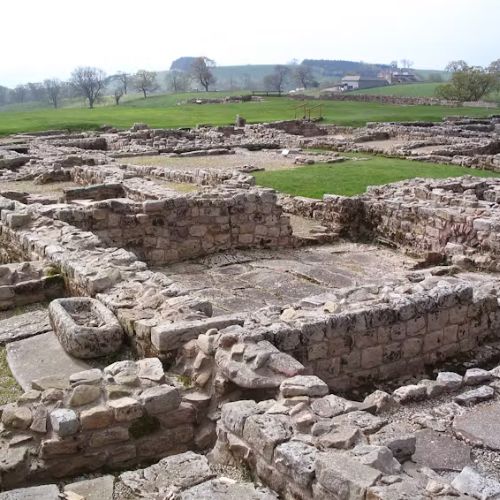Taylor, G., & Everett, R. (2022). How climate change is washing away precious evidence of our distant past. The Conversation.
Some of the UK’s finest archaeological remains have been found buried in peat, a type of soil that’s naturally high in acidity and low in oxygen. That means it preserves wood, leather and textiles extremely well, as the microorganisms that would usually cause these materials to break down can’t thrive.
Peat has helped to keep Britain’s ancient environments alive for modern analysis: from neolithic trackways marking where our ancestors travelled between settlements in Somerset, to preserved bodies like the Lindow Man found in a bog in Cheshire. The peat environment in which Lindow Man was buried dramatically reduced decay, meaning that his hair and beard have remained visible even after almost 2,000 years.


